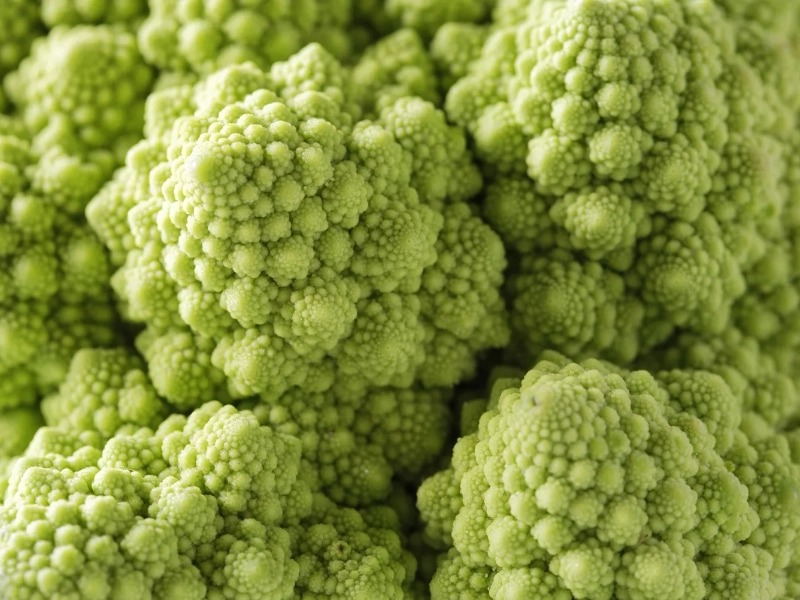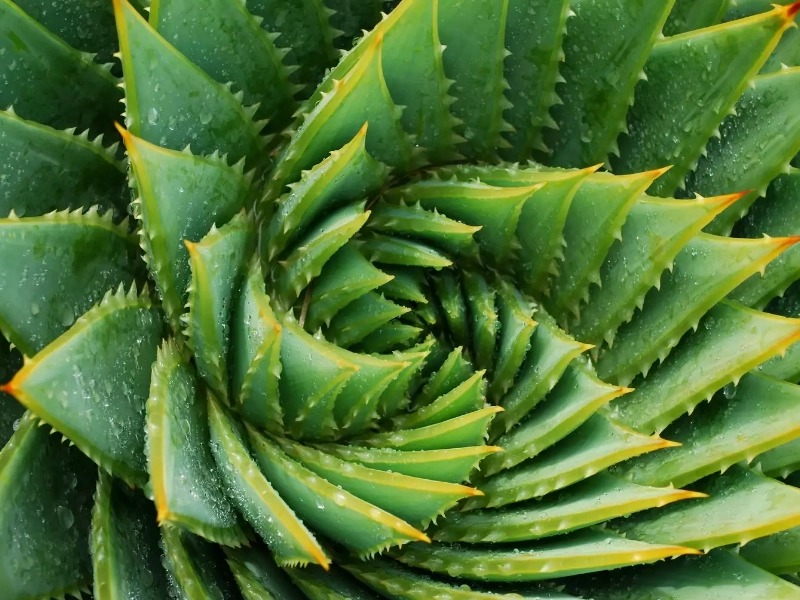
9 Amazing Fractals Found in Nature
By • Last Updated3. The Enchanting World of Succulents: Nature’s Water-Wise Wonders

For centuries, gardeners, botanists, and plant enthusiasts have been captivated by succulents—an extraordinary group of plants renowned for their ability to thrive in harsh environments. Genera like Aloe, Echeveria, Sedum, and Crassula showcase fleshy, water-storing tissues that allow these plants to survive in arid conditions. The term “succulent” is derived from the Latin word succulentus, meaning “juicy” or “full of sap,” aptly describing their primary adaptation. Through modified leaves, stems, and roots that act as moisture reservoirs, succulents have evolved a wide range of techniques to conserve water, making them ideal for drought-resistant gardening and low-maintenance landscapes.
Succulents display a stunning diversity of forms, from the rosette shapes of Echeveria to the towering saguaro cactus of the American Southwest. Many exhibit remarkable geometric precision in their growth, with leaves arranged in spirals or other consistent patterns. These configurations, known as phyllotaxis, follow specific mathematical principles that maximize sunlight exposure, conserve water, and enhance growth efficiency. As researchers look to succulents for insights into water-efficient design, the study of their forms has inspired innovations in fields like botany, mathematics, and biomimicry.
Their striking appearance, ease of care, and adaptability have made succulents immensely popular, appealing to all levels of plant enthusiasts. From small, delicate species perfect for indoor terrariums to large, architectural varieties suited to xeriscaping, succulents offer a versatile and sustainable option for various settings.
One fascinating feature in genera like Aloe and Echeveria is spiral phyllotaxis, the specific arrangement of leaves on the stem. This complex pattern, optimized over millions of years, reflects an evolutionary adaptation rather than a random occurrence. The term “phyllotaxy,” from the Greek phyllon (leaf) and taxis (arrangement), describes this growth pattern, which plays essential roles in helping the plant survive in water-scarce environments. A notable example is the spiral aloe (Aloe polyphylla), native to the mountainous regions of Lesotho, with a captivating spiral leaf arrangement that aids in water collection by directing dew and rainfall toward the roots. This adaptation is crucial in its natural habitat, where every drop counts.
The spiral arrangement also ensures that all parts of the plant receive sufficient sunlight, minimizing shading and maximizing energy production while reducing water loss. This efficient leaf packing increases photosynthetic surfaces within a compact space, which is essential for succulents in direct sunlight.
These spiral patterns, often following the Fibonacci sequence and the closely related golden ratio, are found throughout nature and are considered visually appealing. In succulents, the angle between leaves—often close to the golden angle of 137.5 degrees—ensures optimal sunlight exposure without shading lower leaves. Scientists have created mathematical models to understand how these patterns emerge during plant growth, influenced by growth hormones, tissue expansion mechanics, and genetic instructions. This understanding of phyllotaxis not only advances plant biology but also finds applications in fields like computer graphics, where algorithms based on phyllotactic patterns are used to create realistic plant models.